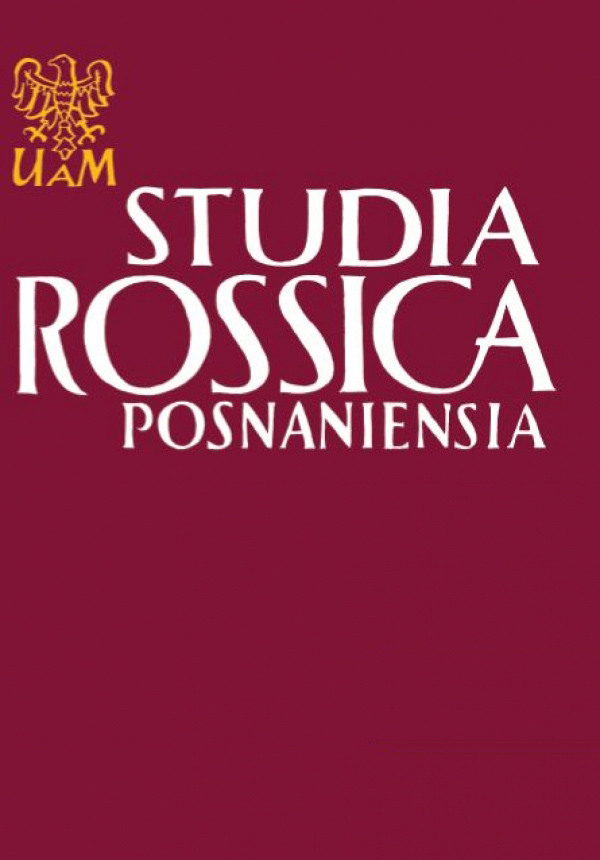ОБ ИСТОРИИ ЧЕРЕДОВАНИЯ ГЛАСНЫХ Ѣ/И В КОРНЕВОМ СЛОГЕ В РУССКОМ ЯЗЫКЕ
ON THE VARIATION OF VOWELS Ѣ/И IN THE ROOT SYLLABLE IN THE RUSSIAN LANGUAGE
Author(s): Larisa VjazikovaSubject(s): Eastern Slavic Languages, Philology
Published by: Uniwersytet Adama Mickiewicza
Summary/Abstract: In present-day Russian we can very often observe the alteration of the root vowels in grammatical forms of the words and derivatives. This phenomenon was much more widely spread in the earlier periods of the Russian language. This vowel alteration wasn’t caused by any phonetic changes in Old Russian being a spontaneous process inherited from the pre-written period of language development. Thus the alteration Ѣ/И frequently found in medieval texts (cp. съмѣр/съмир, тѣш/тиш) goes back to Indo-European *e/*i and plays the sense differentiating role. These words had retained the phonetic differences till the decay of the reduced vowels. The root vowels began to get mixed in the 13-th century. Since the 15-th century the homonyms began to be differentiated in spelling.
Journal: Studia Rossica Posnaniensia
- Issue Year: 33/2006
- Issue No: 1
- Page Range: 59-64
- Page Count: 6
- Language: Russian

